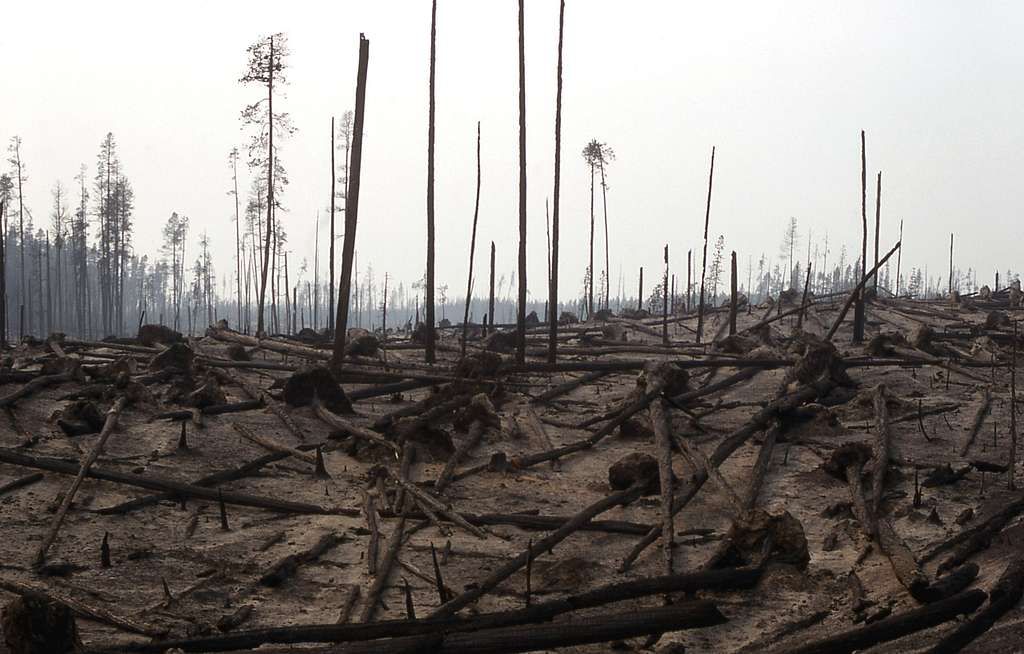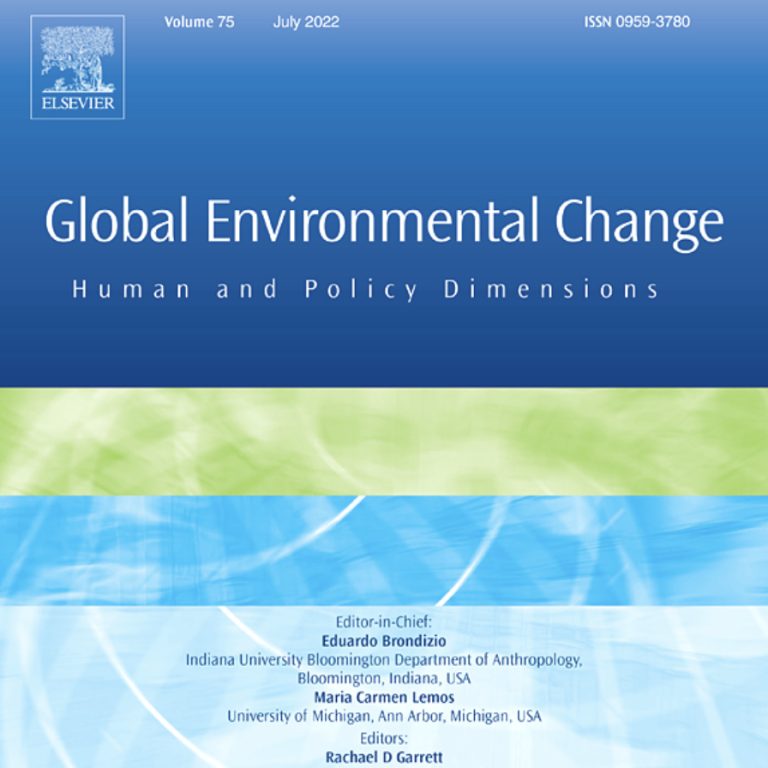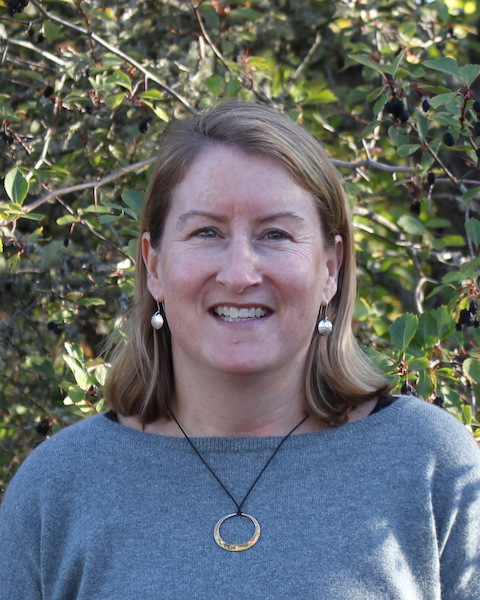Climate and land use patterns are expected to change dramatically in the coming century, raising concern about their effects on wildfire patterns and subsequent impacts to human communities. The relative influence of climate versus land use on fires and their impacts, however, remains unclear, particularly given the substantial geographical variability in fire-prone places like California. We developed a modeling framework to compare the importance of climatic and human variables for explaining fire patterns and structure loss for three diverse California landscapes, then projected future large fire and structure loss probability under two different climate (hot-dry or warm-wet) and two different land use (rural or urban residential growth) scenarios. The relative importance of climate and housing pattern varied across regions and according to fire size or whether the model was for large fires or structure loss. The differing strengths of these relationships, in addition to differences in the nature and magnitude of projected climate or land use change, dictated the extent to which large fires or structure loss were projected to change in the future. Despite this variability, housing and human infrastructure were consistently more responsible for explaining fire ignitions and structure loss probability, whereas climate, topography, and fuel variables were more important for explaining large fire patterns. For all study areas, most structure loss occurred in areas with low housing density (from 0.08 to 2.01 units/ha), and expansion of rural residential land use increased structure loss probability in the future. Regardless of future climate scenario, large fire probability was only projected to increase in the northern and interior parts of the state, whereas climate change had no projected impact on fire probability in southern California. Given the variation in fire-climate relationships and land use effects, policy and management decision-making should be customized for specific geographical regions.
The relative influence of climate and housing development on current and projected future fire patterns and structure loss across three California landscapes


